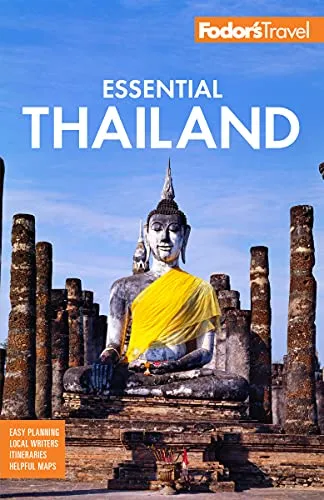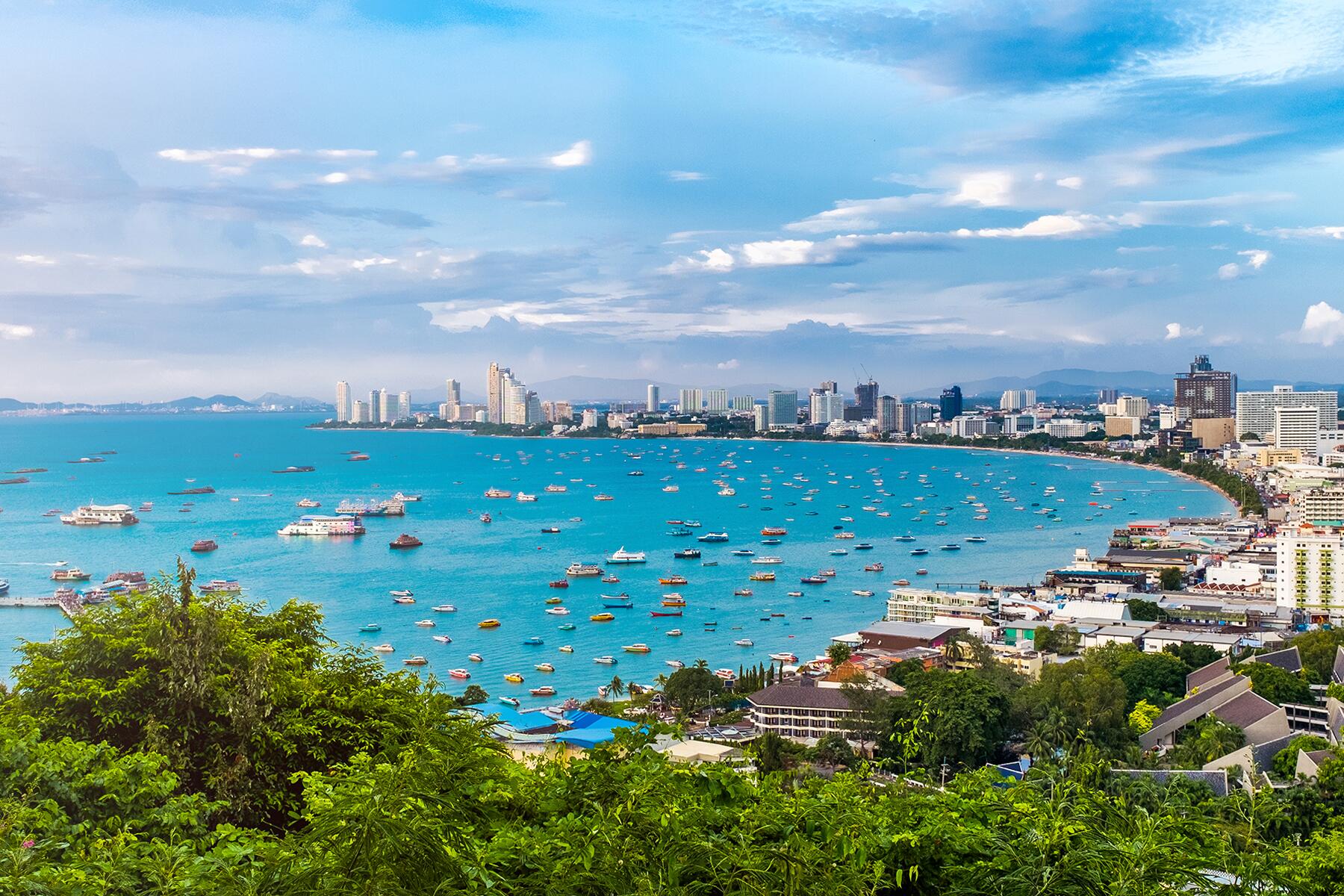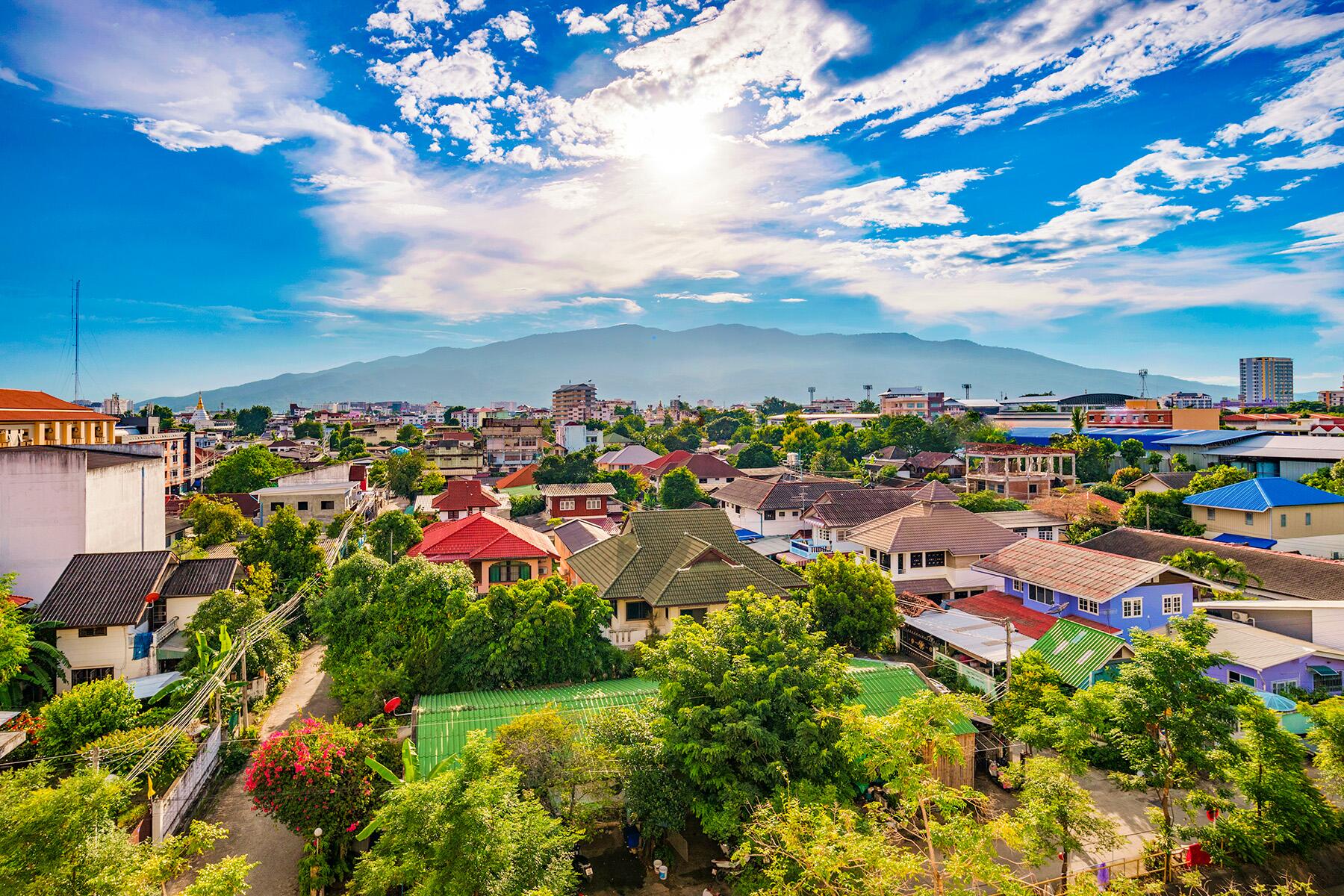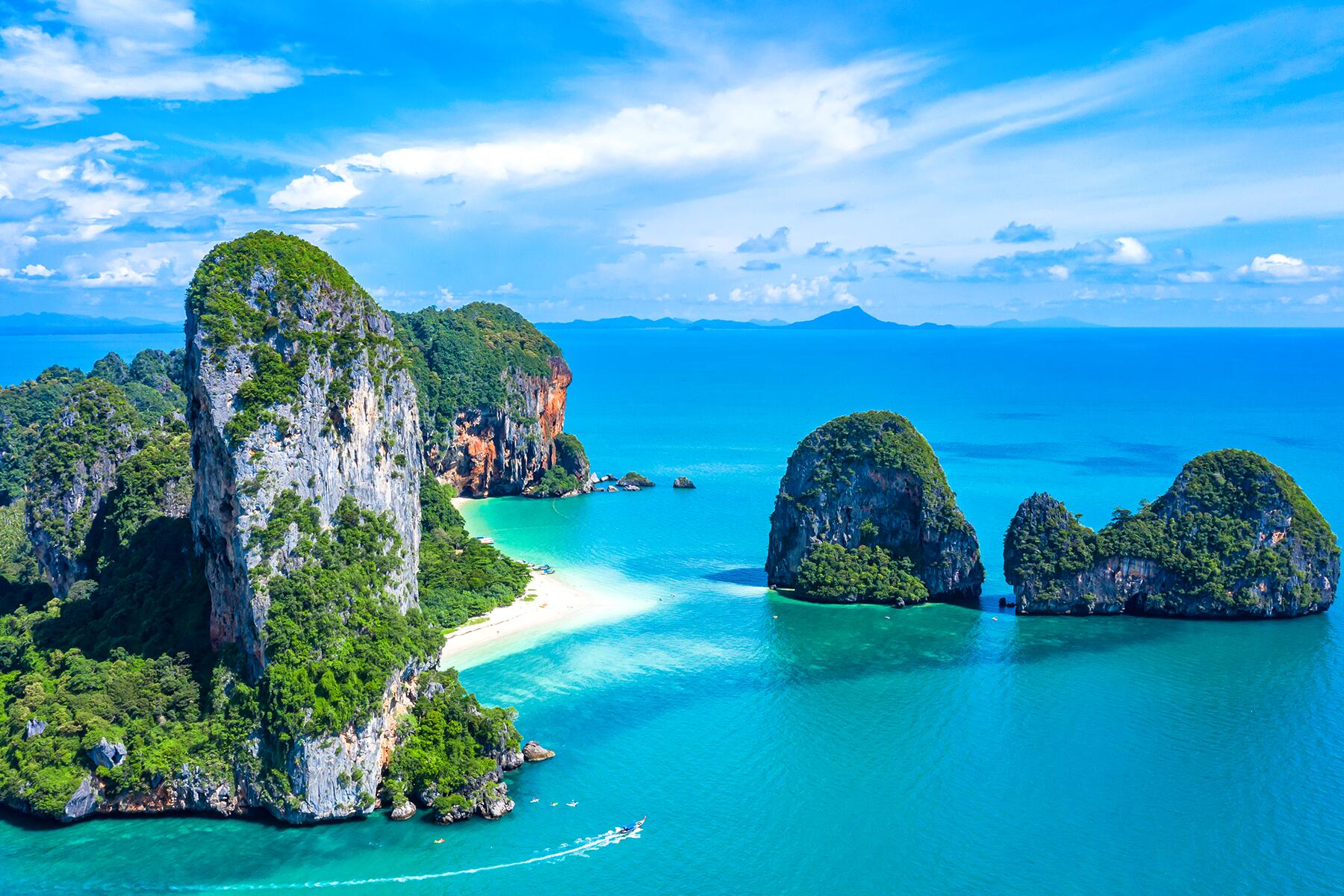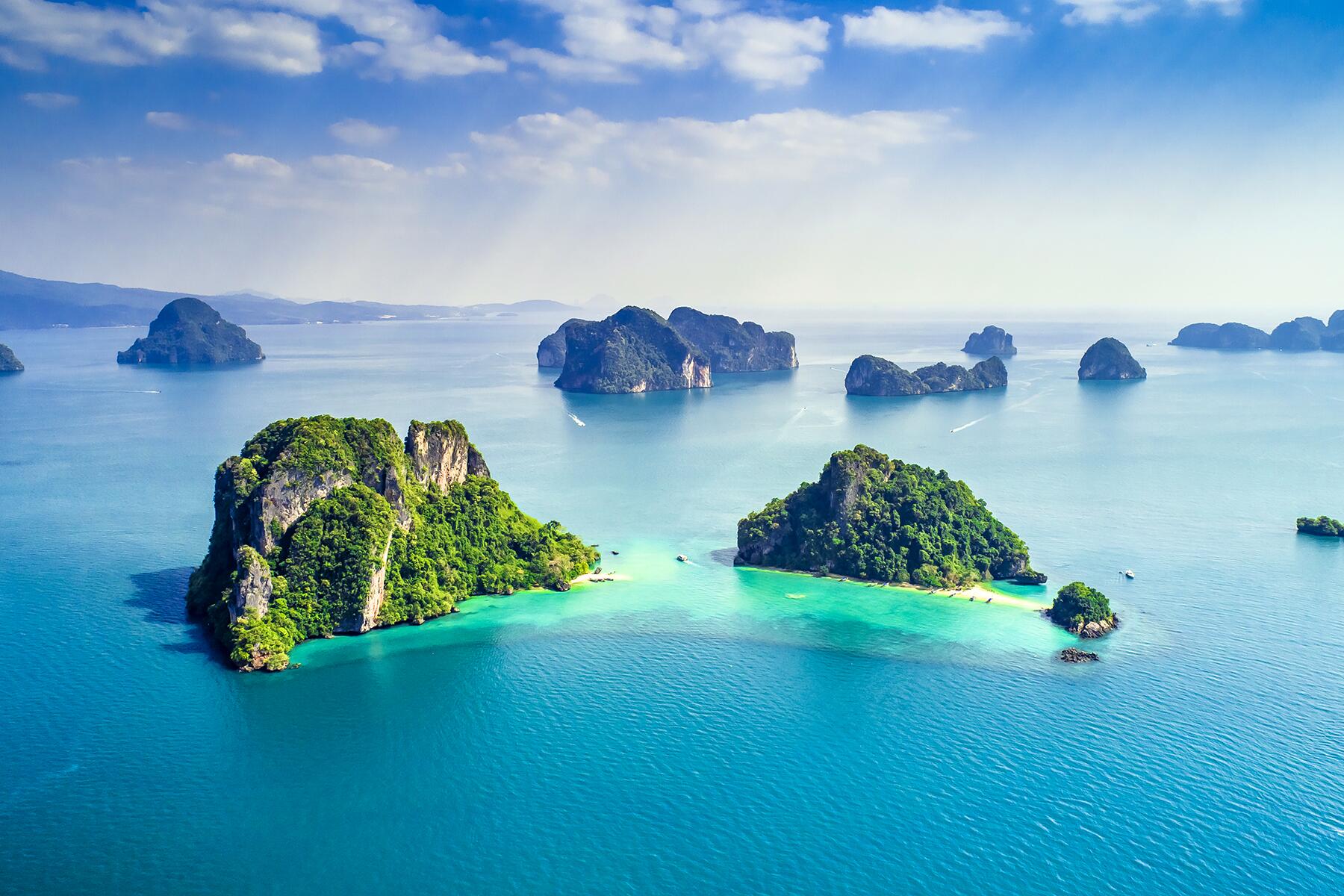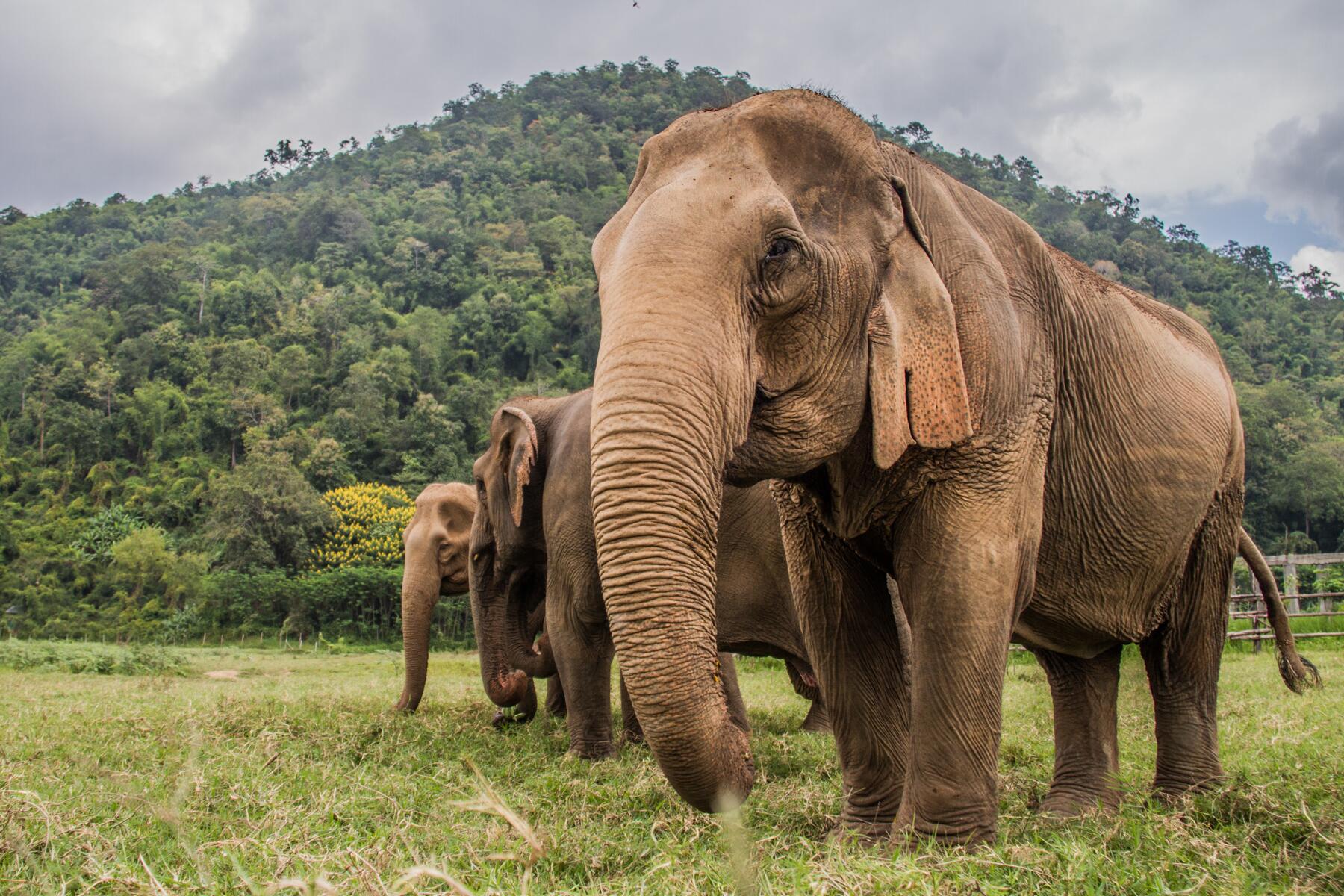Northern Thailand
Northern Thailand
Northern Thailand begins where the flat rice-growing countryside above Bangkok rises north toward the mountains bordering Myanmar and Laos. The vast region is strikingly different, both culturally and geographically, from the south. The north has its own language ("Kham Muang"), cuisine, traditional beliefs and rituals (many of them animist), and a sturdy architectural style these days called Lanna ("a million rice fields"). The north's distinguishing physical feature, the mountains, contributed to the development of distinctive cultures and subcultures by isolating the mostly rural residents. Even today the daunting terrain is protecting them from too rapid an advance of outside influences.
Although Chiang Mai is the natural capital of northern Thailand it's not the only city in...
Read MoreNorthern Thailand begins where the flat rice-growing countryside above Bangkok rises north toward the mountains bordering Myanmar and Laos. The vast region is strikingly different, both culturally and geographically, from the south. The north has its own language ("Kham Muang"), cuisine, traditional beliefs and rituals (many of them animist), and a sturdy architectural style these days called Lanna ("a million rice fields"). The north's distinguishing physical feature, the mountains, contributed to the development of distinctive cultures and subcultures by isolating the mostly rural residents. Even today the daunting terrain is protecting them from too rapid an advance of outside influences.
Although Chiang Mai is the natural capital of northern Thailand it's not the only city in the region deserving inclusion in a Thailand itinerary. Chiang Rai, Chiang Saen, Mae Hong Son, Phrae, and Nan have enough attractions, particularly historic temples, to make at least overnight visits worthwhile. The ancient city of Sukhothai, with its stunning ensemble of temple ruins, is a stand-alone destination in its own right but can be easily integrated into a tour of the north. The mountains and forested uplands that separate these fascinating cities are studded with simple national park lodges and luxury resorts, hot-water spas, elephant camps—the list is endless.
Chiang Rai is a particularly suitable base for exploring the region further—either on treks to the hill tribe villages that dot the mountainsides or on shorter jaunts by elephant. The fast-flowing mountain rivers provide ideal conditions for white-water rafting and canoeing. The truly adventurous may want to head for one of the national parks, which offer overnight accommodations and the services of guides.
From Chiang Rai, circular routes run through the city's upland surroundings and deep into more remote mountains, where descendants of Chinese soldiers who fled after the Communist takeover of their country grow coffee and tea. Nan is tucked away in the mountainous corner bordering Laos, and Myanmar lies just over the nearest range from Mae Hong Son and Mae Sariang. The so-called Mae Hong Son Loop, a spectacular road starting and ending in Chiang Mai, runs through a small market town, Pai, that has developed over the years into a major tourist destination. First discovered by backpackers doing the "Loop," the town's simple guesthouses are now making way for smart resorts designed for Bangkok businesspeople seeking a quiet weekend in the north.
Recommended Fodor’s Video
Hotels
Things to Do
Things to Do
Explore Things to Do
Find the perfect tours and activities in Northern Thailand.
Where to Eat
Where to Eat
Need to Know
Need to Know
Language
ThaiNearby Airports
CNX, PRH, CEIElectrical Outlets
220v/50 cycles; electrical plugs have two flat prongs (the same as in the U.S.).Currency
Thai BahtLanguage
ThaiElectrical Outlets
220v/50 cycles; electrical plugs have two flat prongs (the same as in the U.S.).Currency
Thai BahtNearby Airports
CNX, PRH, CEIWhen to Go
Northern Thailand has three seasons. The region is hottest and driest from February to May. The rainy season is from June to October, with the...Read More
Neighborhood Guides
Discover the best neighborhoods in Northern Thailand with curated recommendations from our editors.
essentials
transportation
resources
When to Go
Northern Thailand has three seasons. The region is hottest and driest from February to May. The rainy season is from June to October, with the...Read More
Neighborhood Guides
Discover the best neighborhoods in Northern Thailand with curated recommendations from our editors.
When to Go
Northern Thailand has three seasons. The region is hottest and driest from February to May. The rainy season is from June to October, with the...Read More
Neighborhood Guides
Discover the best neighborhoods in Northern Thailand with curated recommendations from our editors.
essentials
transportation
resources
Articles
Articles See All
Guidebooks
Guidebooks
Our worldwide travel correspondents bring you the best and most up-to-date coverage of over 7,500 global destinations.
Shop NowFodor's Essential Thailand: with Cambodia & Laos
Whether you want to
visit Buddhist temples, sample Bangkok’s street...
